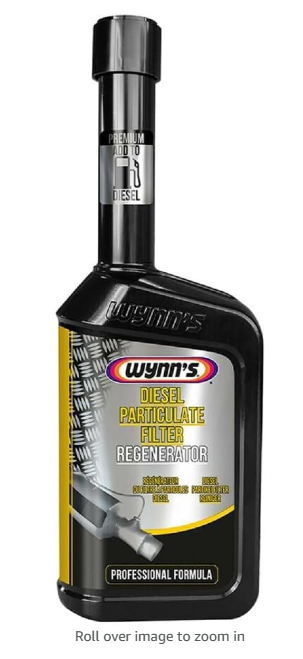Extremes of weather can affect anything around us, and cars are no exception. With conditions at the cooler end of the spectrum, here’s what to look out for as those temperatures dip.
Lower demand
If you’re looking for the right time to purchase a car, the winter months could be perfect. Demand for cars is generally lower – especially for second-hand cars. Why not consider a used Toyota as your next reliable journey-maker?
This time of year is also a great time to keep an eye on any flaws or issues that need to be explored by mechanics. Not only is it important to keep your car in top condition for those icy roads, but it is also key to book in advance to prevent any delays or serious issues.
Dead batteries
The thought of being stuck in the cold with a dead car battery is enough to make anyone shiver. Cold temperatures can affect the process that helps batteries store electricity. This can cause them to run slowly and reduce their ability to hold a charge.
Learning how to charge your car battery is an essential skill for car maintenance. The first step is to check your charger and ensure it is compatible with your battery. It’s also important to keep any codes or PINs for your electrical components as they may require resetting once everything is plugged back in.
Overheating
Contrary to common sense, cars can and do overheat in winter. One of the causes can be when coolant isn’t able to flow freely due to leaks or blockages. When a leak occurs and coolant is unable to flow into the passages in the engine, air passes through instead and is unable to transfer heat away from the radiator.
Another cause of overheating could be a faulty thermometer, which can prevent the coolant from being released.
Tyre Pressure
Tyres last longer, are more fuel-efficient and overheat less often when you maintain the appropriate air pressure.
In colder temperatures, air molecules are closer together which means the pressure in your tyres will become lower. It is important to bear this in mind, especially for long drives. As a rule, with every drop of 10˚C, your tyres lose between one and two pounds per square inch. Therefore it is important to keep checking your tyre pressure to make sure your vehicle is as safe as it can be.
Frozen Windshield Wipers
A clear windshield is a top priority for every driver when travelling in wintry weather and part of this is getting rid of any ice that has formed on your windscreen wipers. Although it’s tempting, do not try and rip the wipers off before the ice has defrosted – this can damage them.
Instead of sitting there with the heat on and waiting for the ice to thaw, you could choose to spray a de-icing solution on your windscreen and wipers.







